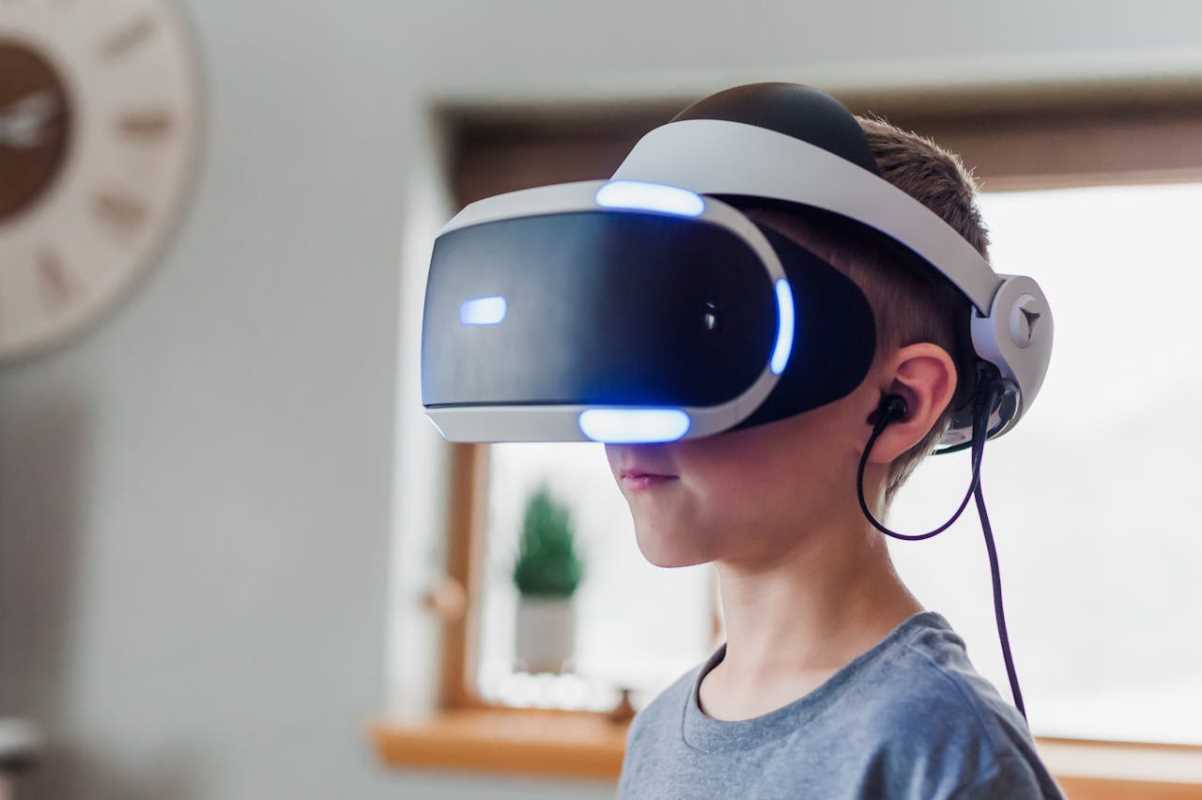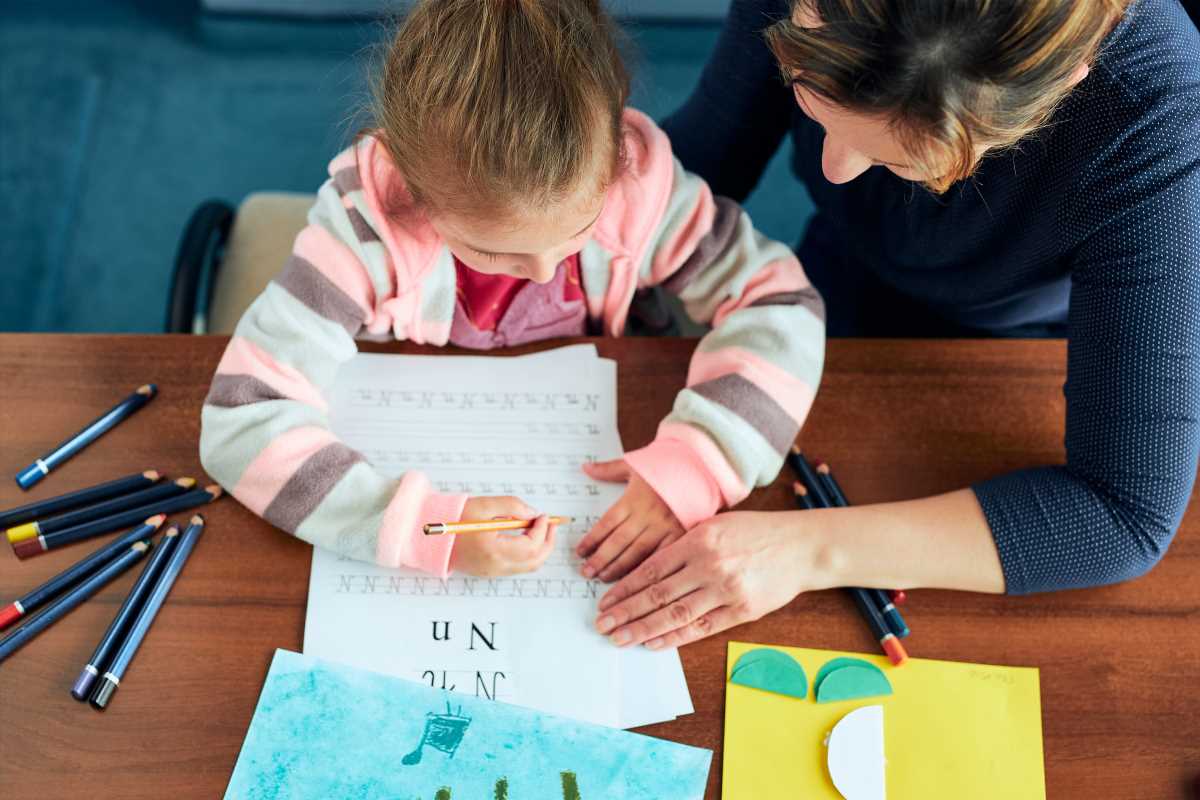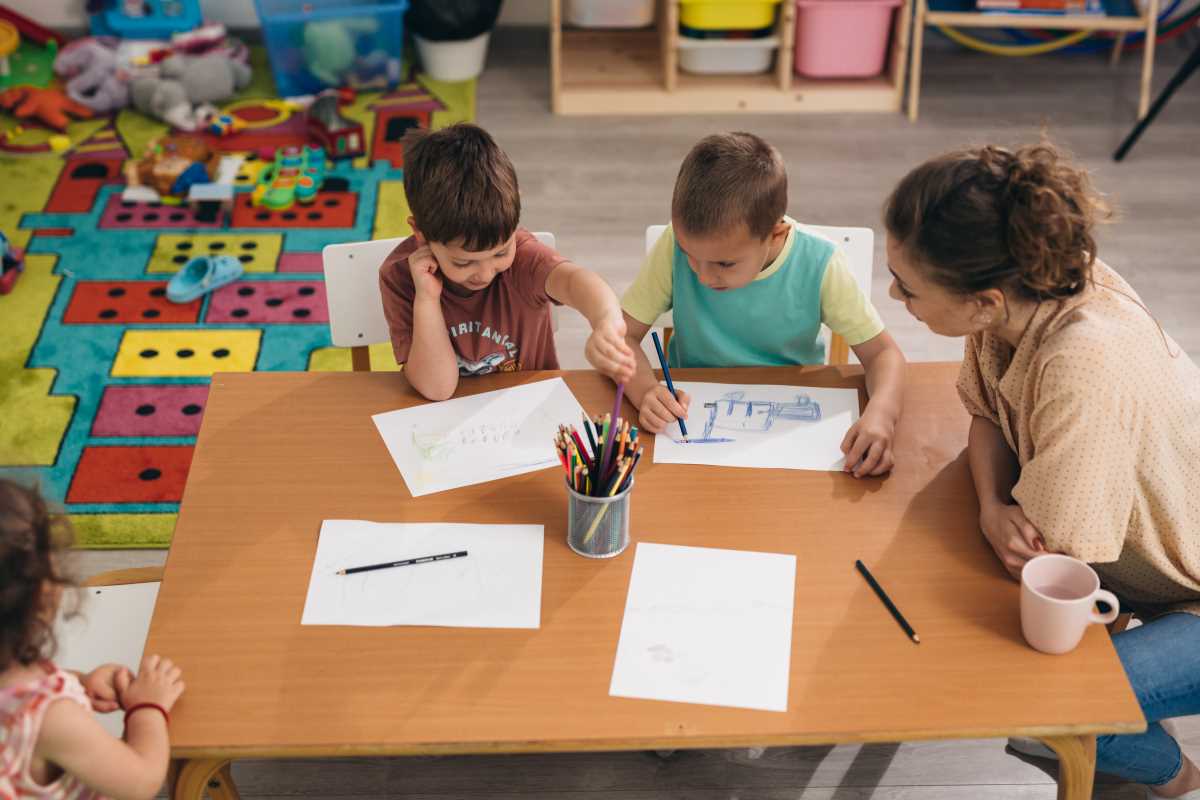Augmented Reality (AR) revolutionizes the educational experience by providing dynamic and interactive learning opportunities that captivate students and enhance their understanding of complex subjects. In elementary school geography, this innovative technology transforms conventional teaching methods by presenting vibrant, three-dimensional maps and immersive virtual environments that bring the Earth's features to life. By incorporating AR into the curriculum, educators create an engaging and accessible platform where young learners can explore diverse landscapes, climate zones, and cultural regions with clarity and depth. This approach makes geography lessons more visually appealing and fosters greater comprehension and retention of information. AR empowers students to actively participate in their learning journey, encouraging exploration and critical thinking. As a result, classroom experiences become more meaningful and tailored to individual learning styles, ultimately preparing students for future academic success and a technology-driven world. This transformation inspires educators and empowers students worldwide. Fostering excellence.
The Role of Augmented Reality in Modern Education
Augmented Reality serves as a bridge between the digital and physical worlds, allowing educators to create enriched learning environments. In modern education, AR finds use across various subjects to provide hands-on experiences that were previously unimaginable. For instance, in science classes, students interact with 3D models of the human body or explore the intricacies of cellular structures. This technology enables a deeper understanding by allowing students to visualize and manipulate complex concepts in real-time.
AR supports differentiated learning by catering to diverse learning styles. Visual learners benefit from the interactive visualizations, while kinesthetic learners engage through hands-on activities. This versatility makes AR a valuable tool in accommodating the unique needs of each student, promoting an inclusive and effective educational experience.
Innovative Ways to Use AR in Geography Lessons
- Interactive Maps: Students explore 3D maps that display geographical features, climate zones, and geopolitical boundaries, allowing for a more comprehensive understanding of the Earth's surface.
- Virtual Field Trips: AR enables virtual visits to various parts of the world, such as the Amazon rainforest or the Great Barrier Reef, providing immersive experiences without the need for physical travel.
- Landform Exploration: Through AR, students interact with models of mountains, valleys, and plate tectonics, enhancing their grasp of geological processes.
- Historical Geography: AR can bring historical maps and events to life, helping students understand how geographical factors influenced historical developments.
- Climate Change Simulations: Students visualize the impact of climate change on different regions, raising awareness and understanding of environmental issues.
- Interactive Quizzes and Games: Incorporating AR-based quizzes and games makes learning geography fun and reinforces knowledge through interactive challenges.
- Cultural Exploration: AR can showcase the cultures, traditions, and lifestyles of people from various regions, promoting global awareness and cultural sensitivity.
Case Studies: Success Stories in Schools
- Greenwood Elementary School: Implemented AR for virtual field trips, resulting in a 30% increase in student engagement and participation in geography lessons.
- Lakeside Primary: Utilized AR-based interactive maps to teach landforms, leading to improved student performance in standardized geography assessments.
- Riverdale Academy: Introduced AR simulations for climate change, which enhanced students' understanding and interest in environmental science.
Benefits and Challenges of AR in Geography Education
The integration of AR in geography education offers numerous benefits. It significantly boosts student engagement by making learning interactive and enjoyable. Visual and tactile interactions with geographical concepts aid in better retention and understanding. AR also promotes creativity and critical thinking as students explore and interact with complex systems and environments.
The adoption of AR also presents challenges. The initial cost of AR devices and software can serve as a barrier for some schools. There is also a learning curve associated with effectively incorporating AR into lesson plans, requiring professional development for educators. Furthermore, ensuring equitable access to AR technology for all students remains essential to prevent widening the digital divide.
Integrating AR Tools into the Classroom Environment
Successfully integrating AR tools into the classroom requires careful planning and implementation. Educators should select AR applications that align with their curriculum objectives and provide clear learning outcomes. Professional development and training are crucial to equipping teachers with the necessary skills to use AR effectively in their lessons. It is also important to consider the school's technical infrastructure to support AR usage.
Using Augmented Reality in elementary school geography lessons enriches the learning experience and prepares students for a technologically advanced world. By overcoming the challenges and taking advantage of the benefits of AR, educators create a more engaging, interactive, and effective educational environment. As technology continues to evolve, the integration of AR will undoubtedly play a pivotal role in shaping the future of education.
 (Image via
(Image via





